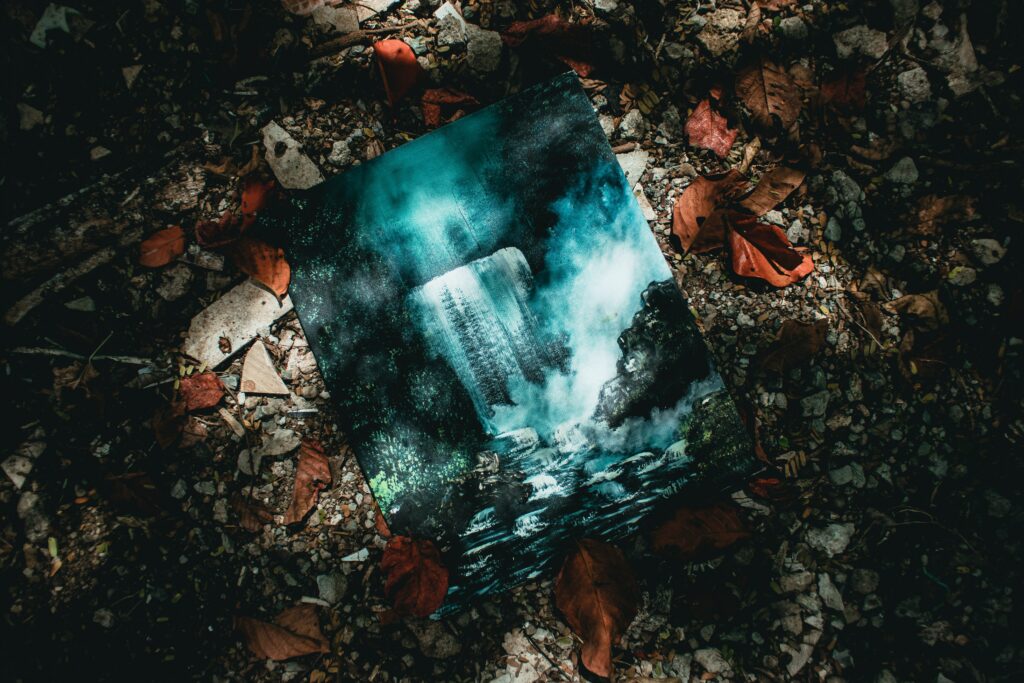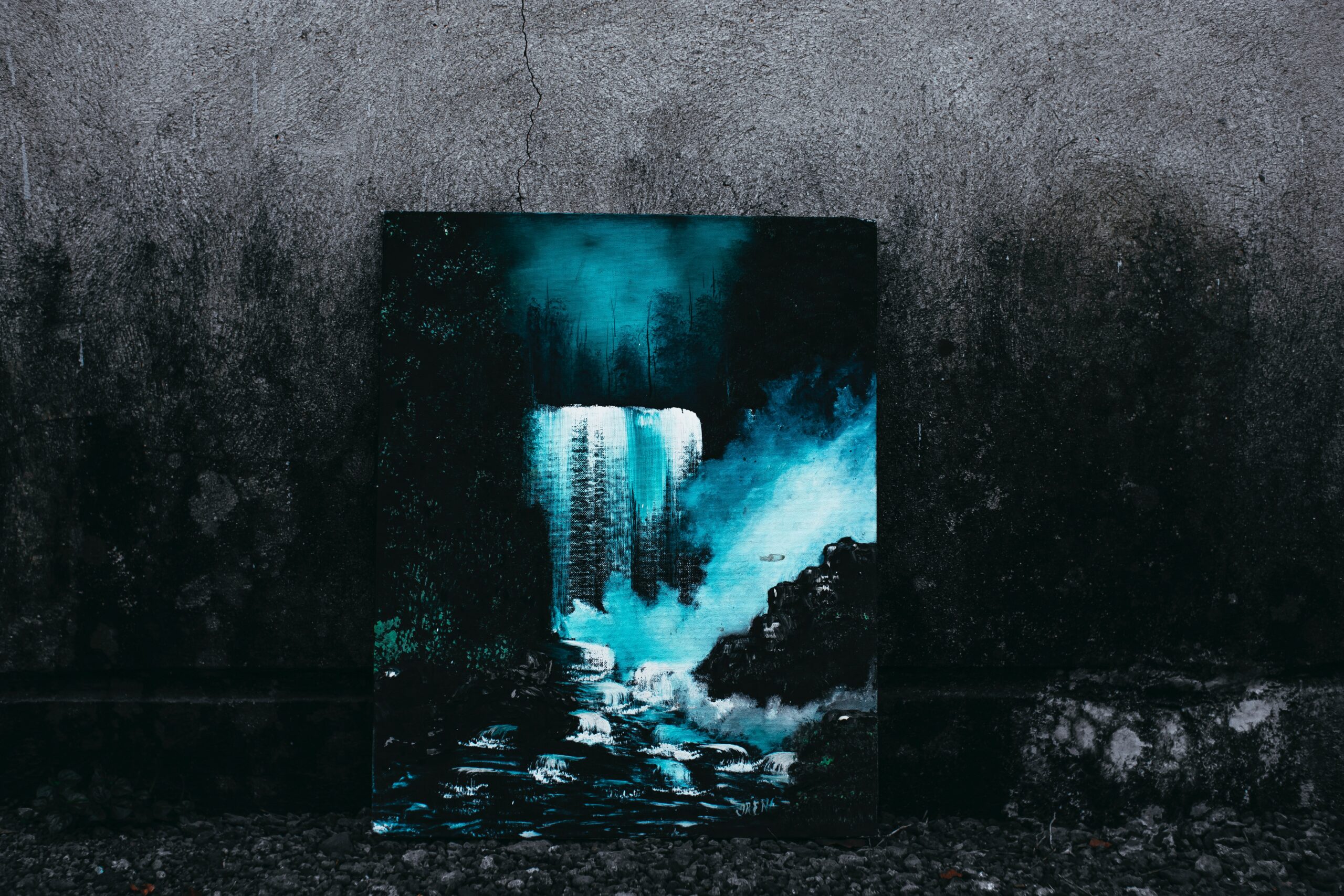Elijah Odinet, renowned for his immersive and expressive abstract paintings, offers valuable insights into selecting the optimal surface for creating impactful artworks. Choosing the right surface is crucial as it can influence the texture, depth, and overall aesthetic of the painting. Here, Odinet shares his advice on selecting surfaces that enhance the creative process and elevate the visual impact of abstract art.

Consider Canvas for Versatility
Canvas remains a classic and versatile choice for abstract painters. Elijah Odinet appreciates canvas for its flexibility and durability, allowing artists to experiment with various painting techniques and textures. Opt for stretched canvas or canvas boards that offer a stable surface for both small and large-scale compositions. The texture of canvas adds depth to brushstrokes and allows for layered applications of paint, contributing to the dynamic and tactile quality of abstract artworks.
Explore Wooden Panels for Stability
For artists seeking a more rigid and stable surface, wooden panels provide an excellent alternative to canvas. Elijah Odinet recommends using hardwood panels such as birch or maple, which offer a smooth and firm surface for painting. Wooden panels are less prone to warping and provide a robust foundation that supports intricate brushwork and texture techniques. They also lend themselves well to experimental approaches such as scraping, sanding, or engraving, allowing artists to achieve unique surface effects that complement abstract compositions.
Experiment with Mixed Media Surfaces
Embrace the creative potential of mixed media surfaces to expand the expressive possibilities of abstract art. Elijah Odinet encourages artists to explore surfaces that integrate materials such as paper, fabric, or textured boards. Mixed media surfaces provide tactile variations that can enhance the sensory experience of viewers, adding layers of complexity and visual interest to abstract paintings. Experiment with combining acrylic gels, collage elements, or textured mediums on mixed media surfaces to create multidimensional artworks that invite touch and exploration.
Opt for Primed Surfaces for Consistency
Consistency in surface preparation is essential for achieving desired results in abstract painting. Elijah Odinet advises artists to choose pre-primed surfaces, whether canvas, wooden panels, or mixed media boards. Primed surfaces provide a uniform base that enhances paint adhesion, color vibrancy, and longevity of artworks. Consider acrylic gesso priming for its versatility and ability to create a smooth or textured surface, depending on your artistic intent. Properly primed surfaces ensure that each brushstroke and layer of paint contributes effectively to the overall composition, allowing for greater creative control and artistic expression.
Adapt Surfaces to Artistic Vision
Ultimately, Elijah Odinet encourages artists to adapt their choice of surface to align with their artistic vision and painting style. Whether exploring traditional materials like canvas and wood or experimenting with innovative mixed media surfaces, the key is to select a surface that complements and enhances the narrative and emotional depth of abstract artworks. Embrace the tactile qualities, durability, and creative possibilities of different surfaces to elevate your abstract paintings and captivate viewers with engaging visual experiences.
Conclusion
Elijah Odinet’s advice on selecting the best surface for abstract art underscores the importance of thoughtful consideration and experimentation. By choosing surfaces such as canvas for versatility, wooden panels for stability, mixed media surfaces for creative exploration, and primed surfaces for consistency, artists can elevate their artistic practice and create impactful abstract artworks. As you embark on your journey of artistic discovery, draw inspiration from Odinet’s insights to select surfaces that enhance your creative vision and inspire meaningful connections with viewers through the transformative power of abstract art.
